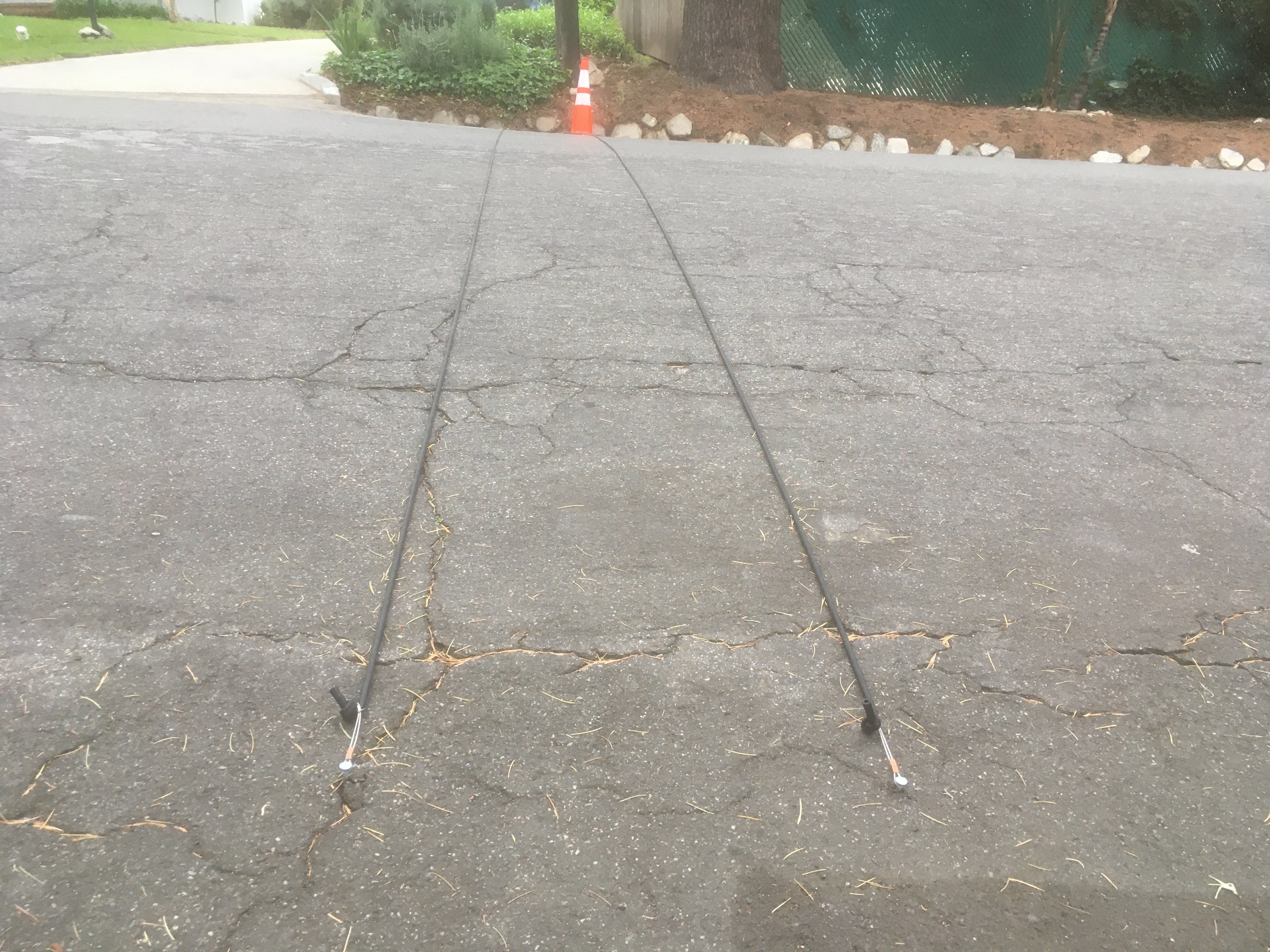It's for a traffic study. For traffic volume and speed.
Depends on the state, but it's pretty common to to a speed study to see how traffic is flowing. This can result in adjusting the speed limit to match the majority of traffic. Or implement other traffic calming measures if a lower speed is required for some reason.
It could also lead to more enforcement I guess but where I'm from that's not its intended purpose.


